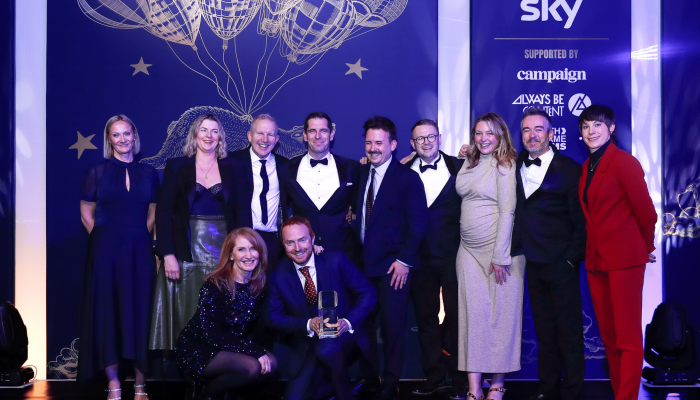“No idea is a bad idea” is one of the sacred rules of brainstorming. The concept is based on the theory that ideas are like young plants. Rain too hard on them and they will wilt away.
Don’t criticise. Warm them in the greenhouse of sunshine approval.
This is one of the founding rules laid down for brainstorms by BBDO's Alex Osborn when he coined the term in 1948 and is still widely employed today, (together with the other rules which are to emphasise quantity of ideas, to allow freewheeling thinking and to build on the ideas of others). While other techniques for the sessions will vary, these rules usually prevail.
This is despite a relatively little known study conducted as long ago as 2000 which seems to prove the opposite of what’s normal. Criticism does not deter ideas.
In fact it encourages it.
In an academic experiment “The liberating role of conflict in group creativity “ by Charlan Nemeth, individuals in small groups were given the problem of solving traffic congestion.
The research was conducted in San Francisco and Paris. The rules were the same as usual except for a test set of groups who were told to feel free to debate and even to criticise each other’s ideas.
Most creativity coaches and moderators would predict that allowing criticism and challenges would be the death of ideas.
In fact, in these carefully controlled conditions, the reverse was true. Allowing debate led to more ideas, significantly more. These results may seem surprising. However, given these two requirements for creativity, they are no surprise.
The first requirement is diversity of thinking. The second is authenticity, to be yourself. If people in the brainstorm are similar in how they think rather than diverse, which may well make for an easier, perhaps a happier, session, then there will be fewer different ideas.

Furthermore, if the people in the brainstorm are not similar in how they think, but have been asked to follow a rule that they must not debate or criticise, then they may well be self-censoring to ensure a happy and obedient session.
The effort required in worrying about not offending others by a spontaneous negative reaction to ideas can suppress creativity.
This doesn’t mean criticism is required, just that people don’t have to stop themselves being critical. The “don’t rain on ideas” rule can be replaced by a “don’t take criticism personally“ mandate. Everyone should be free to be themselves and to say what they really think, with courtesy and kindness, but also with the courage of their convictions. Think hard before your next idea generation session. Is a required outcome and priority that people should have a good time?

If so then definitely keep to the standard rules. If there a real need for creativity and a diverse range of solutions then it’s definitely worth breaking the “no idea is a bad idea” rule.
The author of the study says that she believes that disagreements open the mind: “Faced with an alternative conception of reality and a different way of thinking..we actually search for and consider more options”.
More options, more ideas, more creativity, more chance of truly transformational action.
This piece was written by MediaCom's Chief Transformation Officer, Sue Unerman. Follow her @SueU
This article first appeared in issue 1 of new members-only Marketing Society publication EMPOWER. Members can read the issue here. If you've forgotten your login details please email our Editor.



